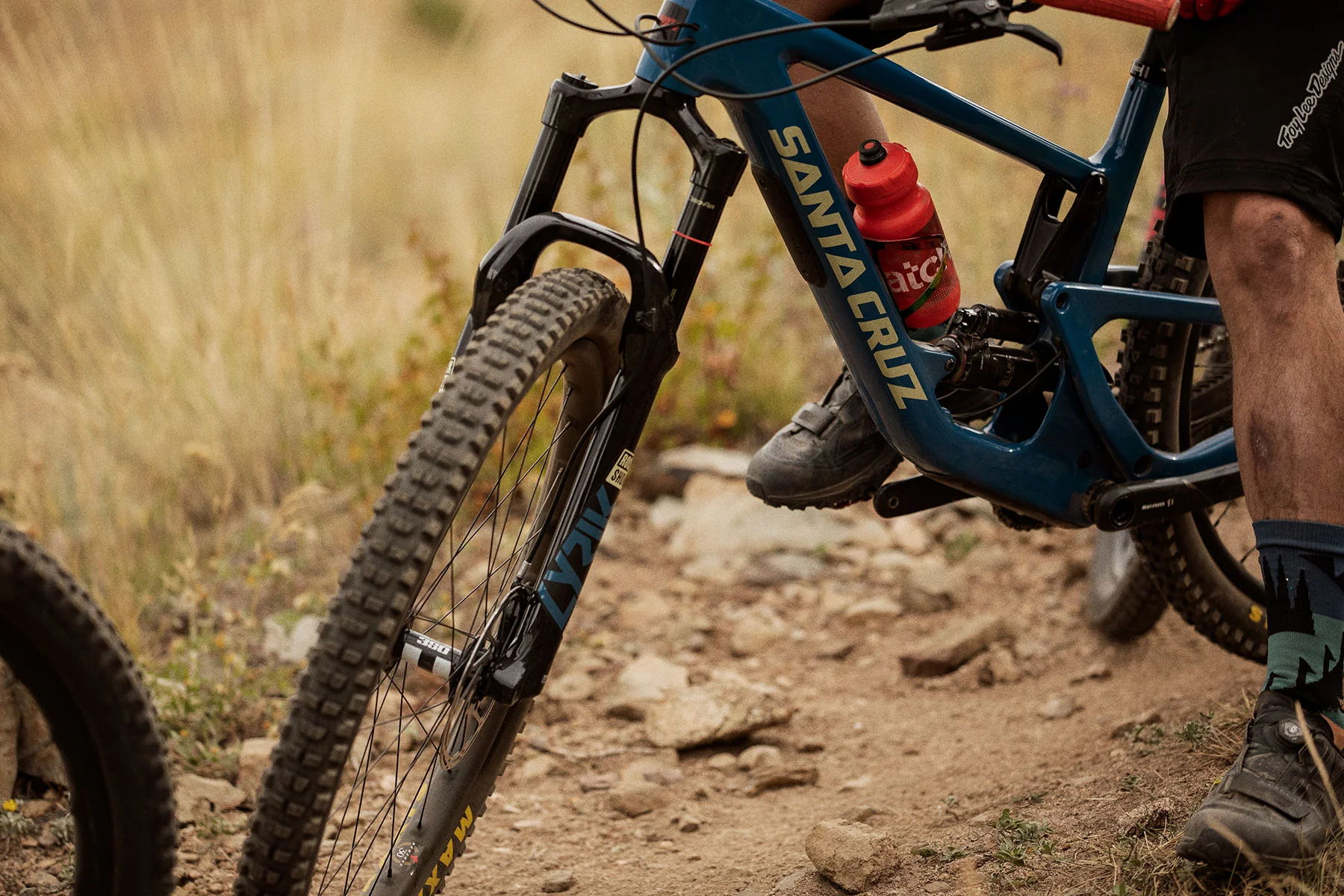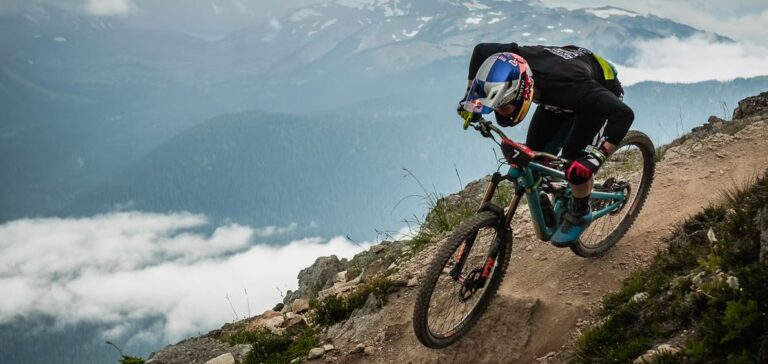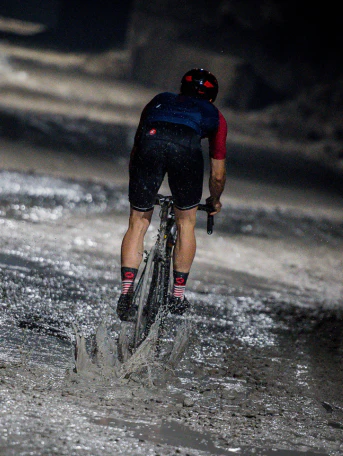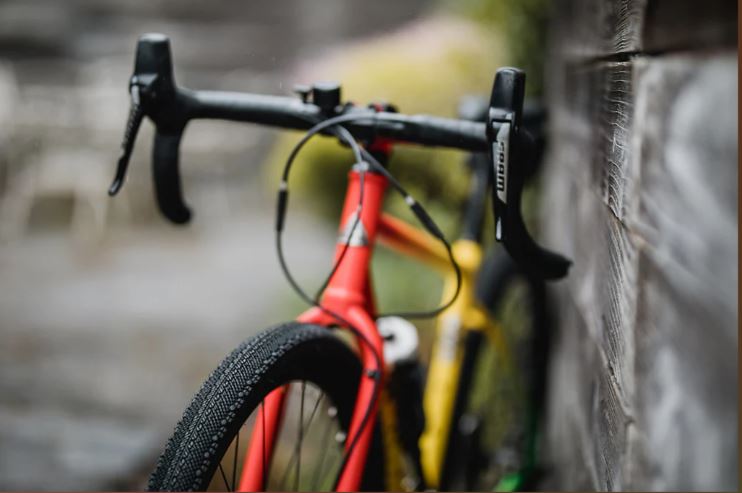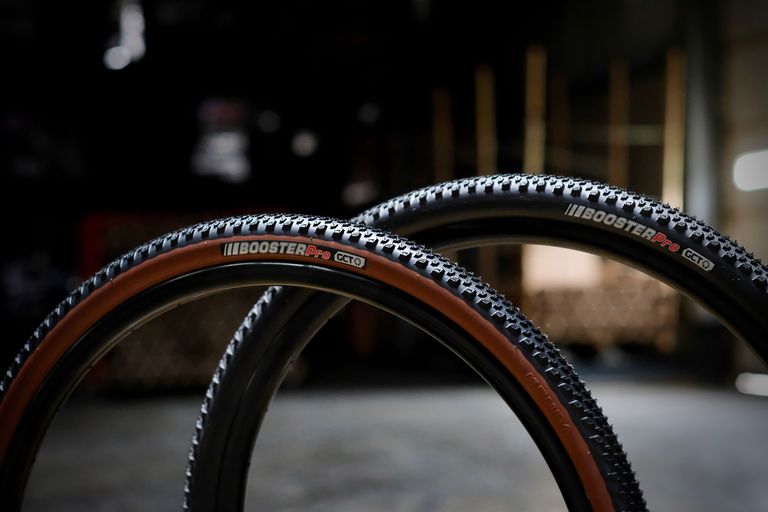Protecting Your Ride: Wear and Tear Indicators for Enduro Bike Tires
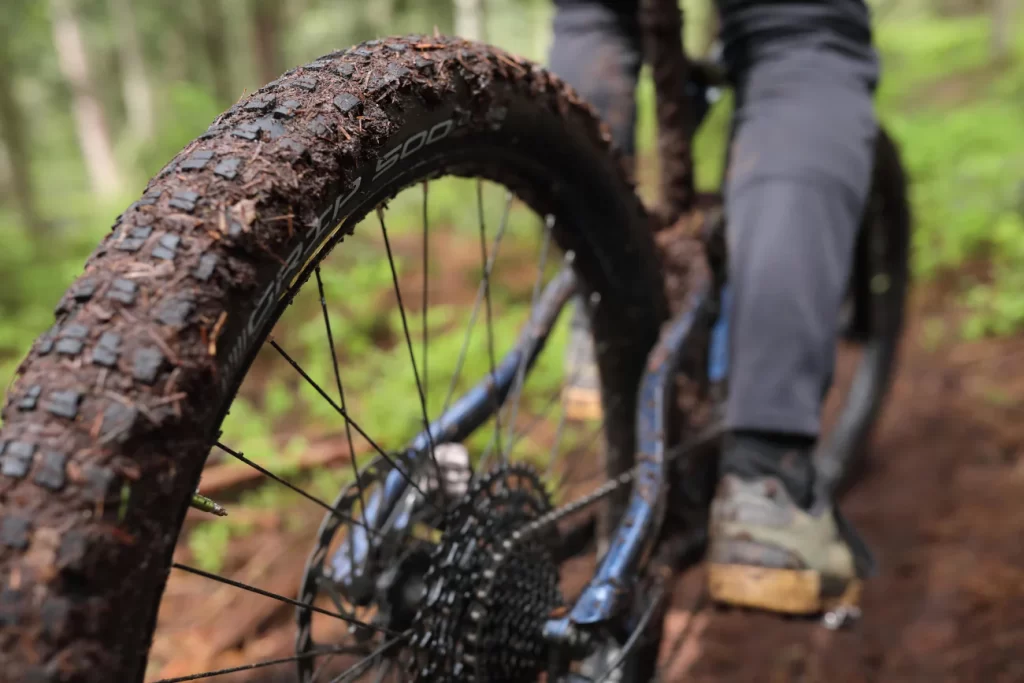
Key Point Summary of Wear and Tear Indicators for Enduro Bike Tires:
- Recognizing Wear Indicators: Identifying signs of wear in enduro bike tires is essential for safety and performance.
- Tread Depth: Key indicator of tire wear; shallow treads reduce grip and control.
- Sidewall Damage: Check for cracks or cuts in the sidewalls, which can compromise tire integrity.
- Flat Spotting and Uneven Wear: Indicators of riding style impact or alignment issues.
- Tire Aging: Even without intense use, tires can degrade over time.
- Impact on Performance: Worn tires can negatively affect grip, handling, and safety.
With extensive experience in various cycling disciplines, including mountain, gravel, and cyclocross biking, I’ve learned the critical importance of monitoring tire wear and tear, especially for enduro bike tires.
The Importance of Regular Tire Inspection
Tire inspection is not just a maintenance routine; it’s a safety imperative. Enduro biking subjects tires to extreme conditions, and being able to recognize when a tire is past its prime is crucial.
Understanding Tread Wear
The most obvious sign of wear is the tread depth. Treads provide the necessary grip for handling challenging terrains. When the treads become shallow, the tire’s ability to grip the trail diminishes, which can lead to dangerous situations, especially on slippery or loose surfaces.
Sidewall Integrity
The sidewalls of a tire can often tell you more about its condition than the tread. Look for signs of cracking, cuts, or significant abrasions. These weaknesses can lead to catastrophic tire failures, particularly under the high stresses of enduro riding.
Flat Spotting and Uneven Wear
Flat spots or uneven wear patterns can indicate issues with your riding style, bike setup, or alignment. Consistent landing on the same spot, heavy braking, or improper weight distribution can contribute to this issue.
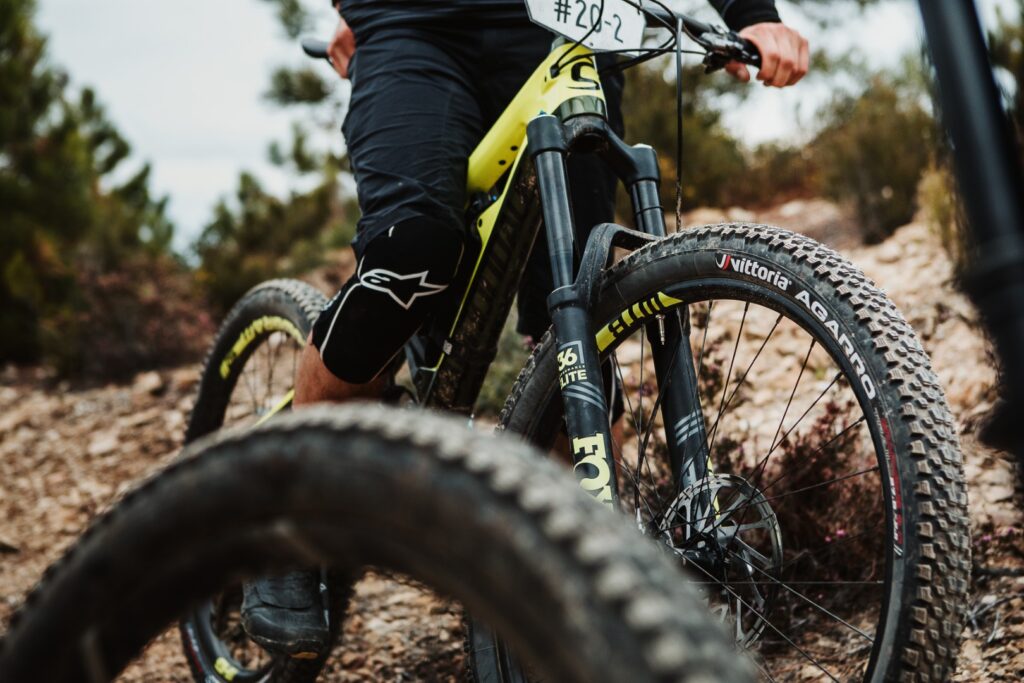
The Silent Ager: Time
Tires age, even if not used intensely. Rubber compounds degrade over time, losing elasticity and strength. It’s a subtle process but can significantly impact the tire’s performance and safety.
Performance Impacts
Worn tires don’t just risk punctures or blowouts; they can also dramatically affect your bike’s handling. Loss of grip, unpredictable handling in corners, and increased braking distances are some of the consequences of ignoring tire wear.
Insights from the Trail
In the world of enduro biking, regular tire inspection is not just about maintenance; it’s a critical aspect of rider safety. Instances are common where cyclists encounter tire failures due to unnoticed damage, particularly in the sidewalls. These scenarios serve as a potent reminder of the importance of routine checks.
Additionally, the noticeable difference in performance when switching from worn to new tires is well-documented among riders. This change often leads to significantly improved grip and confidence on the trail, highlighting the impact of tire condition on overall bike handling. These observations from various riders underscore the importance of vigilance in tire maintenance for both safety and performance enhancement.
When to Replace
As a rule of thumb, if you’re questioning whether your tires are too worn, they probably are. Regular checks and timely replacements are essential. It’s also worth considering the type of terrain you ride most often – aggressive, rocky trails will wear out tires faster than smoother tracks.
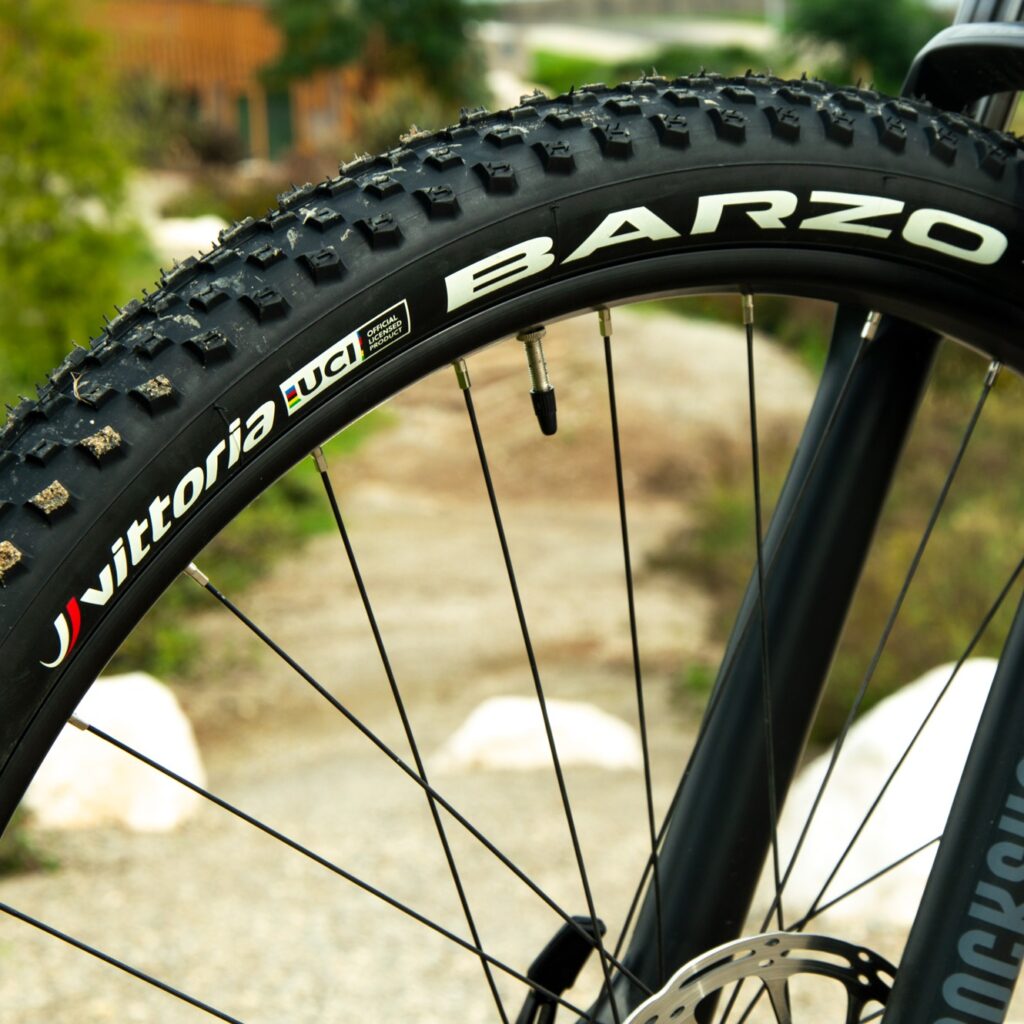
Conclusion: Vigilance is Key
Selecting the best enduro bike tire that offers high resistance to wear and tear depends on various factors like terrain, riding style, and personal preferences. However, some tires are renowned for their durability and longevity in the enduro scene:
- Maxxis Minion DHR II: Known for its robust construction and long-lasting tread life, making it a popular choice among enduro riders for its balance of durability and performance.
- Schwalbe Hans Dampf: This tire is praised for its all-around qualities and particularly its resistance to wear, even in demanding conditions.
- Continental Der Baron Projekt: Noted for its tough construction and longevity, especially suited for rough and rocky terrains.
- Michelin Wild Enduro: Offers a great combination of durability and grip, with a rubber compound that stands up well to extensive use.
- WTB Judge: A favorite for rear tire use in enduro setups, known for its hard-wearing characteristics and ability to handle aggressive riding.
In enduro biking, where tires are your primary contact point with the ground, their condition is paramount. Recognizing wear and tear indicators is essential for maintaining performance and ensuring safety. Regular inspection, understanding the signs of wear, and timely replacement will not only enhance your riding experience but also keep you safe on the trails. Remember, tire maintenance is as much a part of enduro biking as the ride itself.
Stay vigilant, stay safe, and enjoy the ride.
John
FAQ
When should I replace my enduro tires?
You should replace your enduro tires when you notice significant tread wear, visible cuts or cracks in the sidewall, consistent loss of air pressure, or if the tire is frequently puncturing. Also, consider replacing if the tires are several years old, even if they show little wear, as rubber degrades over time.
How do I know if my dirt bike tires are worn out?
You can tell if your dirt bike tires are worn out by checking for significantly reduced tread depth, visible tread wear indicators, cracks or cuts in the sidewalls, frequent punctures, or any deformation in the tire shape. If the tire shows uneven wear or the knobs on the tread are rounded or torn, it’s time for a replacement.
How many miles do enduro tires last?
The lifespan of enduro tires varies, but on average, they can last between 1,000 to 2,500 miles. This range depends on factors like riding style, terrain, tire quality, and maintenance. Aggressive riding or rougher terrain can reduce their lifespan.
How do you tell if your MTB tires are worn?
You can tell if your MTB tires are worn by checking for significantly reduced tread depth, visible smoothness on the tire surface, noticeable cracks or cuts in the sidewalls, frequent punctures, and any uneven wear patterns. If the knobs on the tread are rounded, torn, or missing, the tire is likely worn out.
